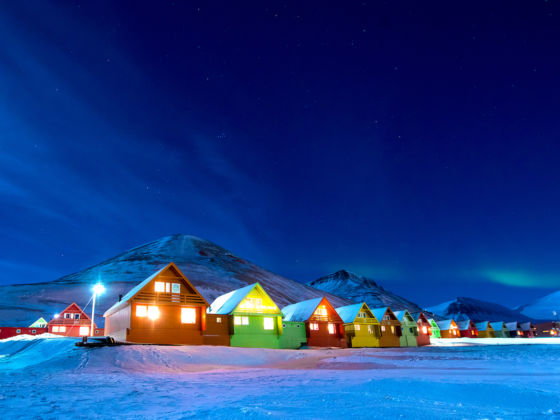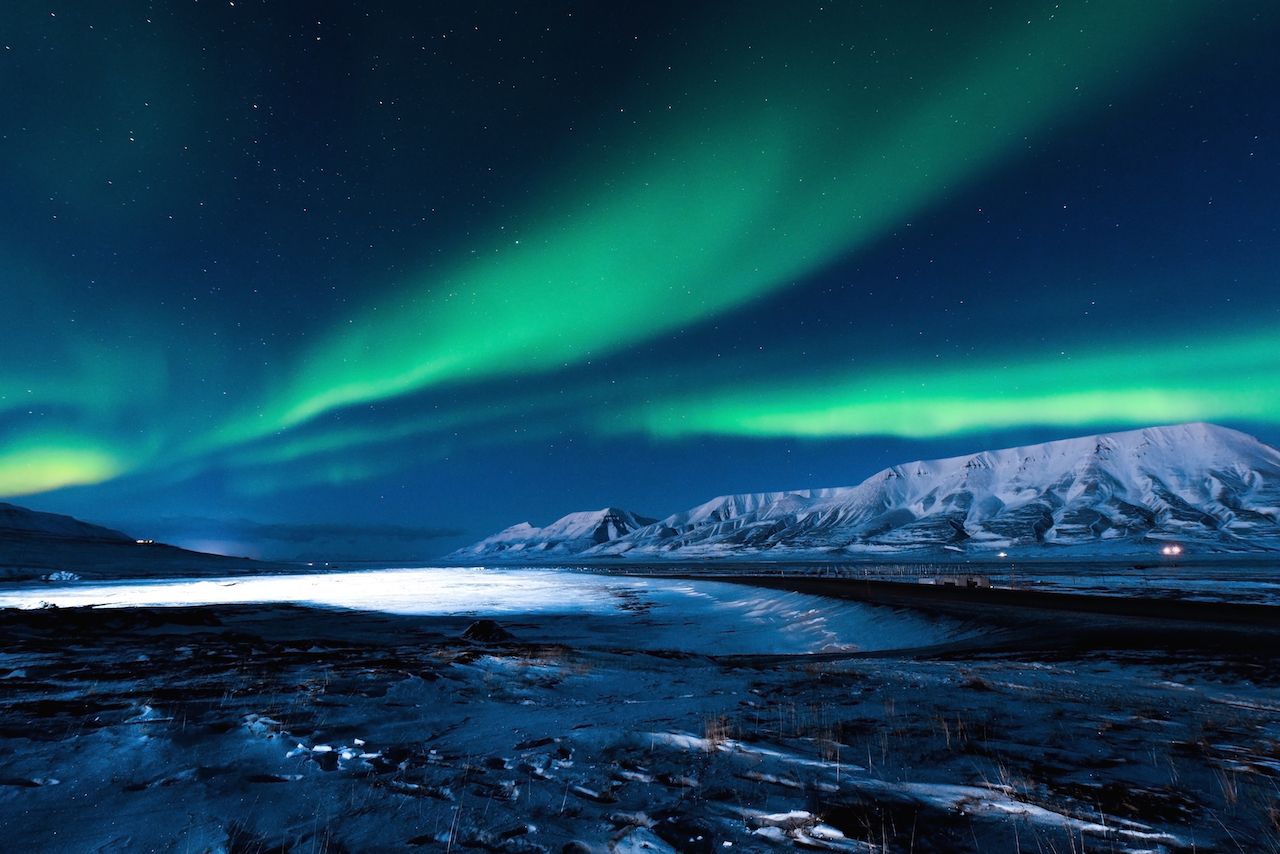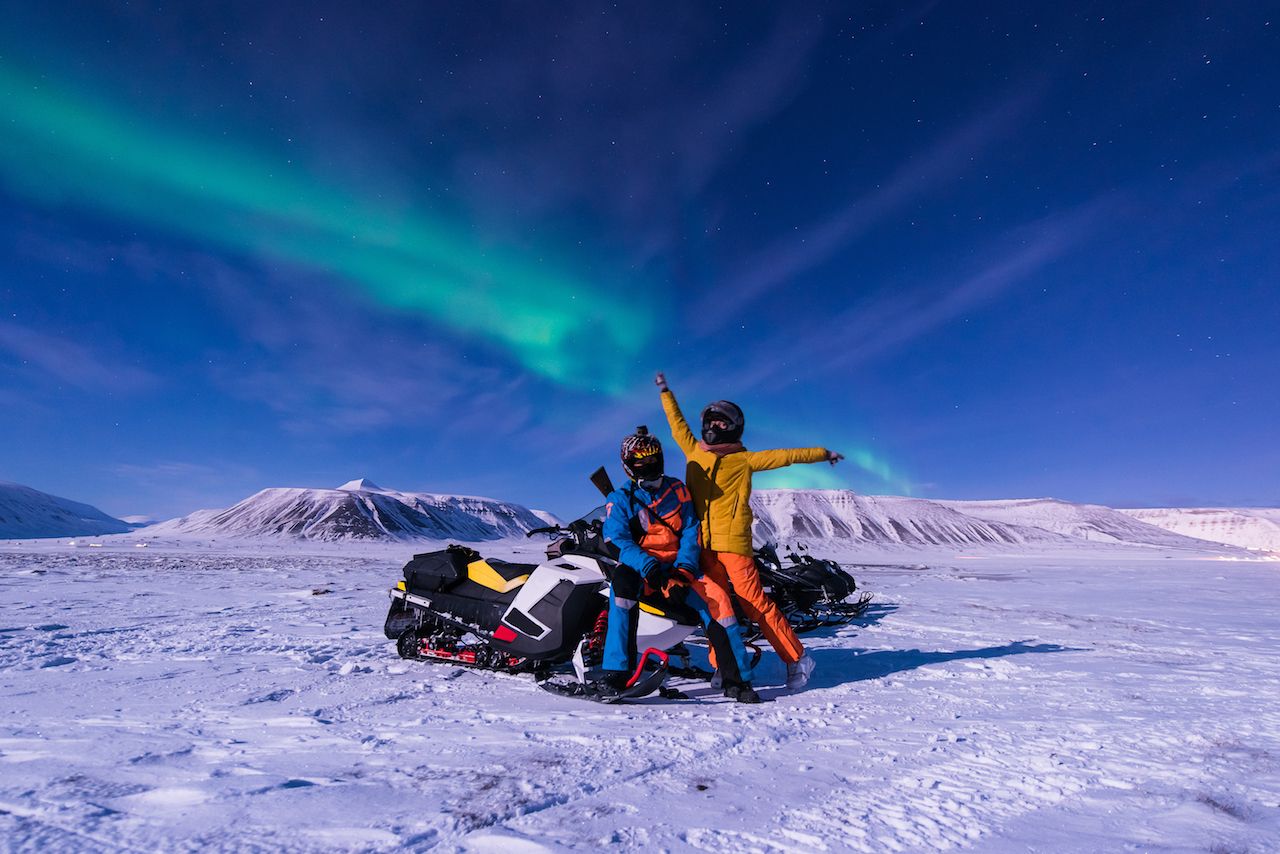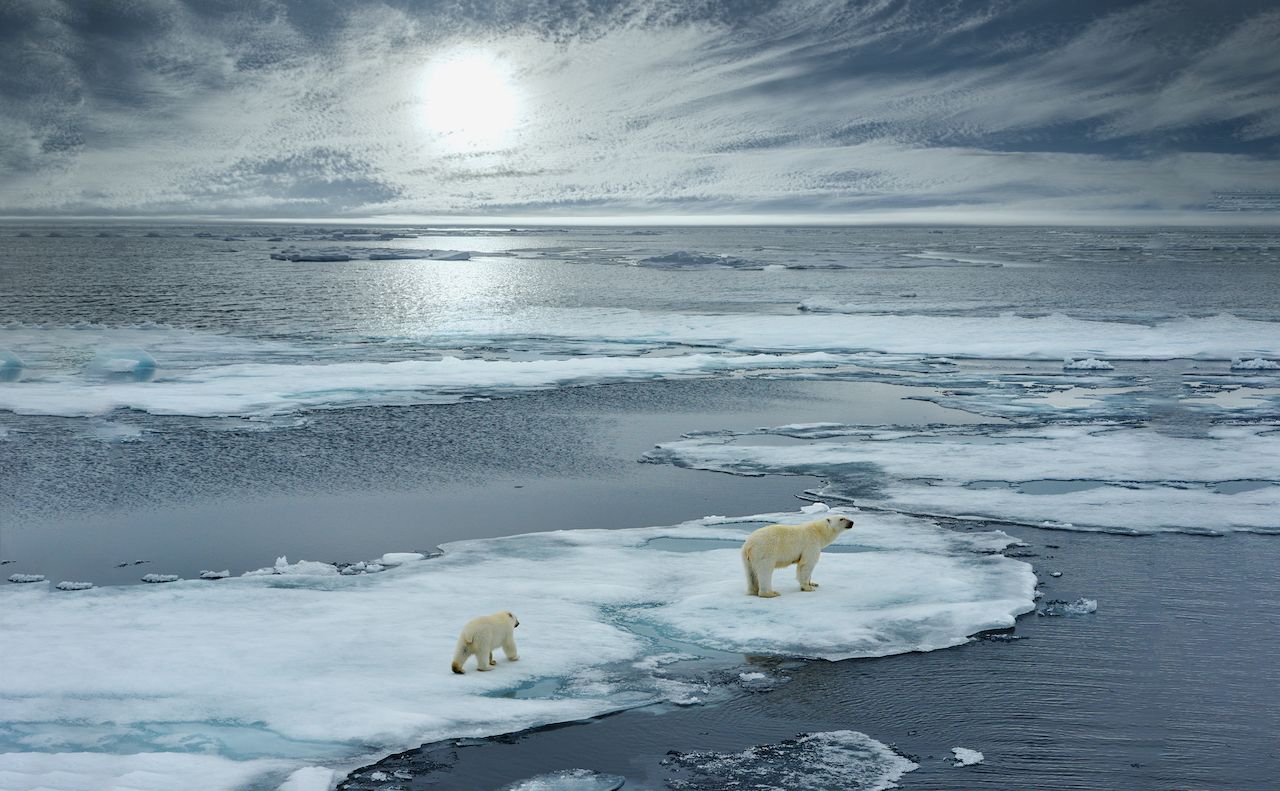When you tell your friends you’re taking a trip to Norway, their faces might light up with jealousy, assuming you’ll get to take that same picture everyone does on Trolltunga above a fjord. But when you clarify that you’re visiting Svalbard above the Arctic Circle, a destination with more polar bears than people, that envy will probably turn to outright confusion. To many, a sub-zero trip to the world’s northernmost settlement hardly sounds like a vacation one would willingly take. But Svalbard is actually the perfect trip for the intrepid traveler with opportunities ranging from dog sledding to spelunking in glacier caves to sleeping below the northern lights. Unlike many holidays, though, you have to do a significant amount of preparing in order to have the best possible time there. Here are five essential considerations you need to prepare for before you embark on your epic trip to the top of the world.


Everything You Need to Know About Planning an Epic Arctic Trip to Svalbard
Consider the season.

Photo: ginger_polina_bublik/Shutterstock
Given the archipelago’s extreme northerly latitude, seasons in Svalbard are rather unique. Rather than the conventional autumn, winter, spring, and summer roundup, Svalbard has three distinct seasons — Polar Summer, Dark Winter, and Sunny Winter. Your trip will be dramatically different depending on when you decide to visit. Polar Summer (May 17 – September 30) is ideal for those looking to experience the Midnight Sun, or 24 hours of daylight. It can be a truly surreal, memorable experience, but you should keep in mind that several snowy, glacial excursions are fairly limited during the Polar Summer — and you’ll probably have a few sleepless nights.
Conversely, during Dark Winter (October 1 – February 28), Svalbard plunges into a months-long polar night (with no sun between November 11 and January 30). While this is certainly daunting and eerily reminiscent of the Long Night in Game of Thrones, this is also the prime season for northern-lights viewing. Seeing the polar lights is inevitable during this time of year, so if the aurora borealis is on your bucket list, the Dark Winter is your best bet.
For a perfect sweet spot between the two extreme seasons, we recommend visiting during the Sunny Winter (March 1 – May 16) though it’s definitely the most popular time for travel here. The season closely resembles the day/night balance we’re accustomed to; days are long and bright, but the sun does set at a reasonable hour. And don’t worry about the snow melting. Temperatures won’t rise above freezing until at least mid-May.
Cover every inch of your body.

Photo: ginger_polina_bublik/Shutterstock
No matter what season you visit, Svalbard is cold. That’s not exactly surprising, considering it’s closer to the North Pole than it is to mainland Norway. While basic winter apparel — a down jacket, gloves, boots, etc. — is a no-brainer, there are other essentials you should keep in mind. When packing your suitcase, you should not only consider the temperature, but also the dry Arctic wind. It can easily cause frostbite to exposed skin, especially when you’re on a snowmobile or dog sled. To avoid frostbite, every inch of your body should be covered. A neck warmer will be your best friend. Merino wool socks and thermal underwear are pretty much must-haves, and there’s no such thing as too many layers. On my recent trip to Svalbard, I wore thermal underwear, a light undershirt, a North Face fleece, and a goose-down jacket pretty much everywhere I went, and I never felt overdressed. A balaclava for your face is another surefire way to protect yourself from the wind. It might make you look like a burglar, but since the crime rate on Svalbard is basically zero, you won’t get any suspicious looks.
Choose your excursions wisely.
If you’re coming to Svalbard to spend a week in Longyearbyen, the main settlement of about 2,000 residents, you’ll quickly contract cabin fever. Aside from a few museums — which are definitely worth a visit — there’s not much to do in town. You’ll quickly learn that Longyearbyen mainly serves as a base of operations for explorers, scientific researchers, and vacationers, serving as a launching point for excursions into the wilderness. The complexion of your trip will depend primarily on what activities you sign up for. These range from leisurely bus tours, geared toward an elderly demographic, to 13-day dog-sledding trips that require setting up remote camps and constructing polar-bear defenses.
My friends and I wanted an authentic, rugged Arctic experience, but we also wanted to actually come home in one piece. We booked a half-day dog-sledding excursion and a guided snowmobile trip to a glacial cave. Once we had the lay of the land, we rented our own snowmobiles and spent our last day exploring the valleys north of town. It’s probably a good idea to get snowmobile insurance, however. Someone in our group (who shall remain nameless), managed to flip his snowmobile twice, cracking the windshield. If not for insurance, he would have been on the hook for nearly $2,000. This balance of guided and unguided excursions is perfect for first-time Arctic adventurers. Svalbard’s main tourism website is great for browsing all the available excursions and choosing ones that are a good fit for you.
Acquire permission to rent firearms.

Photo: FloridaStock/Shutterstock
If you thought you got odd looks when you told people you were going to Svalbard, try going through the rifle-rental process. There are a large number of polar bears on Svalbard, and to travel anywhere outside the borders of Longyearbyen, you are legally required to carry a firearm to defend against them if necessary. The process of getting rental permission isn’t difficult, but there are several steps to be aware of.
First, you’ll need to get a Letter of Good Conduct from your local police station, basically stating that you’re not a deranged criminal. “And why do you need the letter?” The woman at the police station asked me. “Well,” I said, trying to think of the least ridiculous-sounding answer, “I need it so I can rent a rifle to defend myself against polar bears in the Arctic.” She raised her eyebrows, studied my record — probably shocked to find that I was not, in fact, deranged — and signed my letter. I emailed it, along with a brief application, to the Governor of Svalbard and had my certificate of permission two weeks later. Thankfully, I never had to fire a shot, and you likely won’t need to either.
Go out on your own.

Photo: ginger_polina_bublik/Shutterstock
The whole point of a trip to Svalbard is to quench your thirst for adventure, to explore one of the most remote corners of the world. For the most memorable, adrenaline-pumping experience, don’t just rely on guided excursions. Rent a snowmobile for a day and lose yourself (not literally, of course) in the epic glaciers and valleys. Svalbard’s wilderness gives new meaning to the “Great White North”. Armed with snacks, a faulty GPS, and about six layers of clothes, my friends and I ventured across the Adventdalen, a stunning valley not too far from Longyearbyen. Besides the rare lonely cabin in the distance, or herds of Arctic reindeer, there was nothing to tie us back to the familiar world. Only rising and falling peaks, frozen lakes, and rolling white hills.